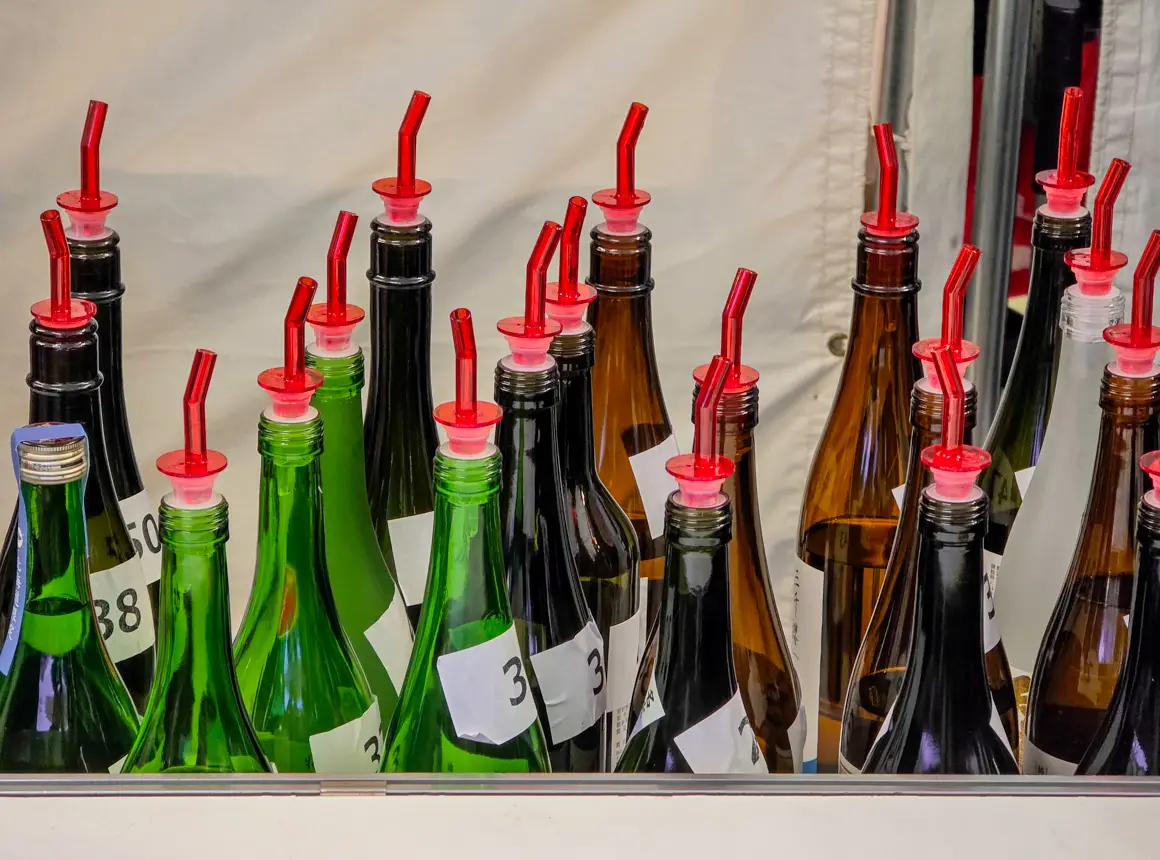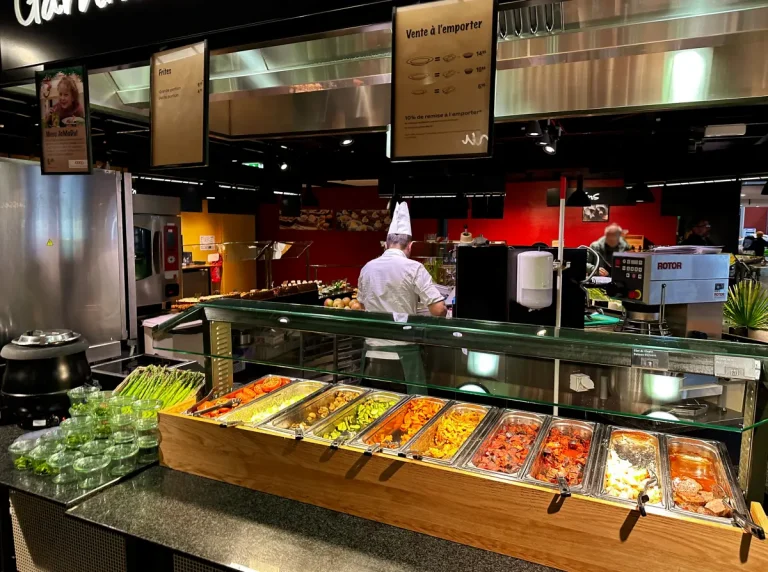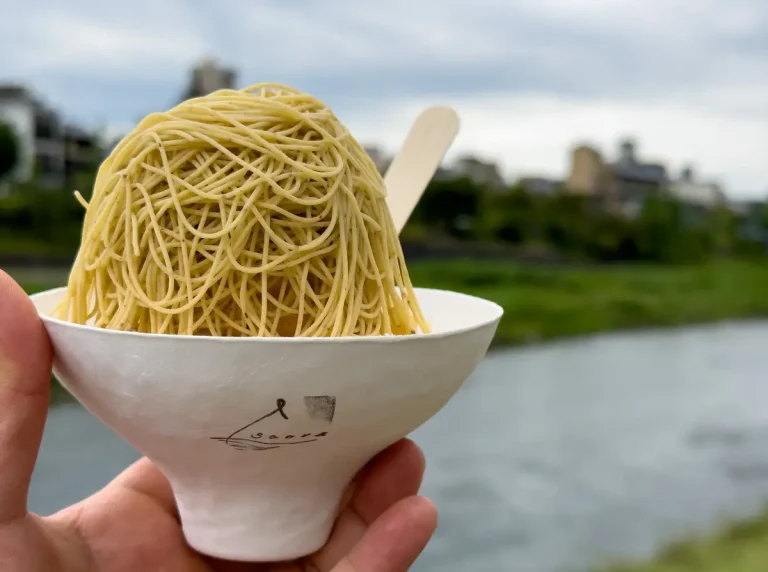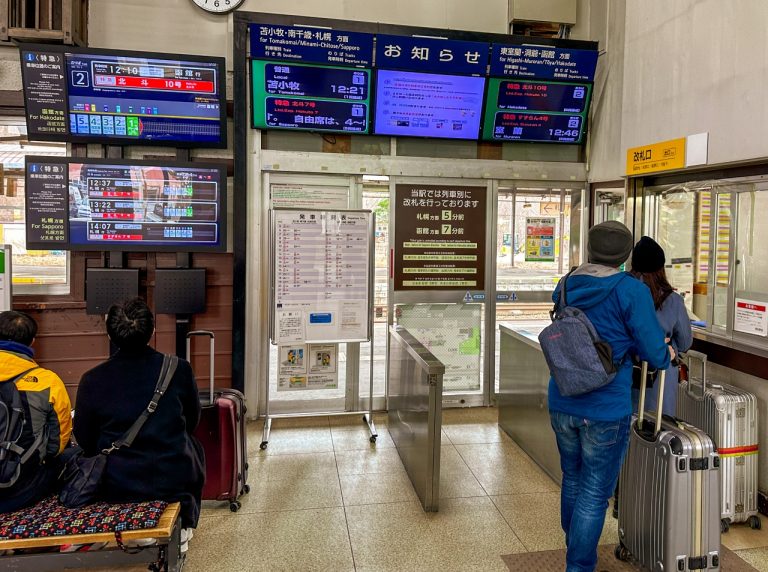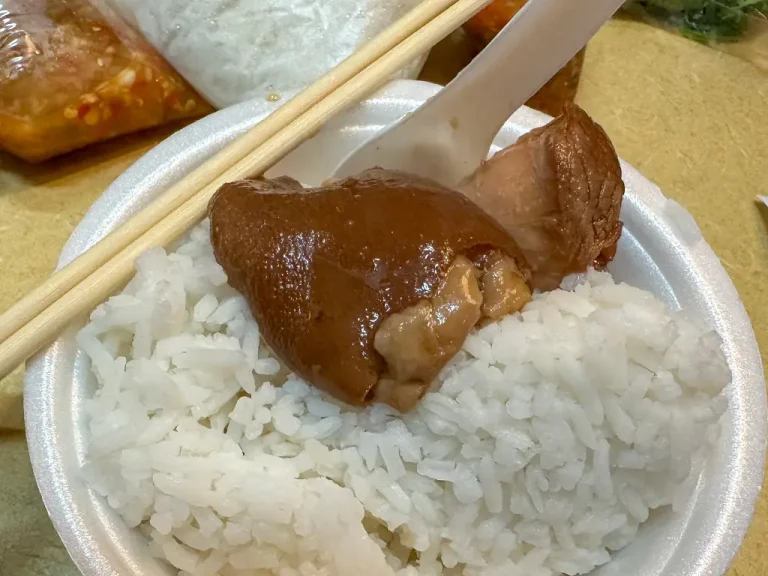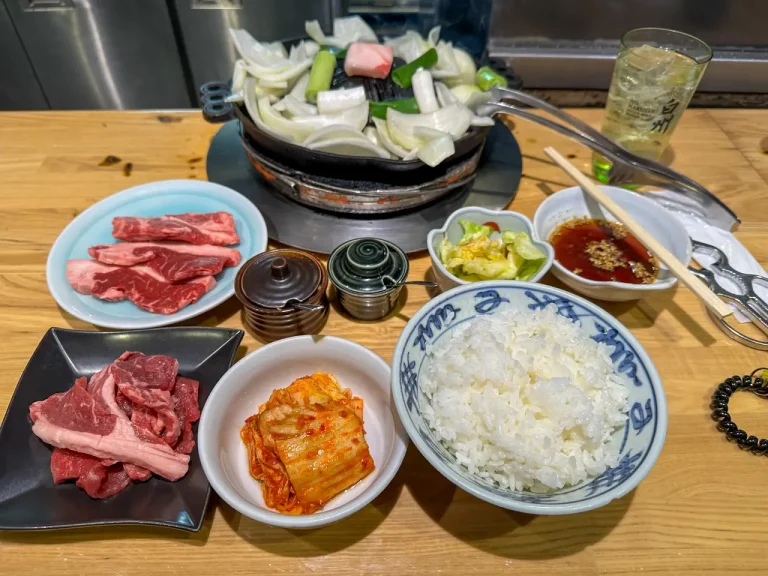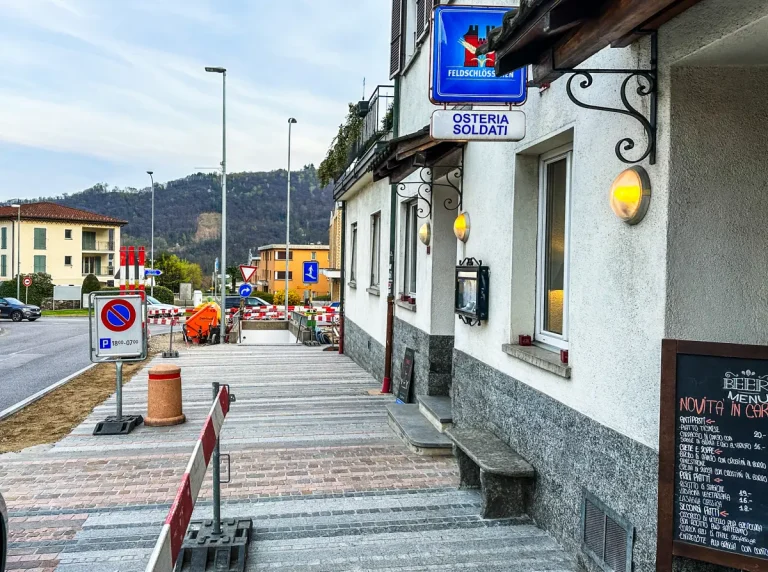Sapporo Sake Festival 2025: Near Nijo Market with Food Menu, Order Tips
I just got back from a family trip to Sapporo during the May holidays, and I can’t wait to tell you about the amazing Tanuki-Nijo Sapporo Sake Festival happening right now! Our family loves uni (sea urchin), so we originally planned to visit Sapporo’s Nijo Market to buy some fresh uni at reasonable prices. That’s when we stumbled upon this sake festival right in front of the market! We actually planned to sample some sake during our lunch visit, but—heads up—they only accept cash payments. We had to come back in the evening after getting some cash ready.
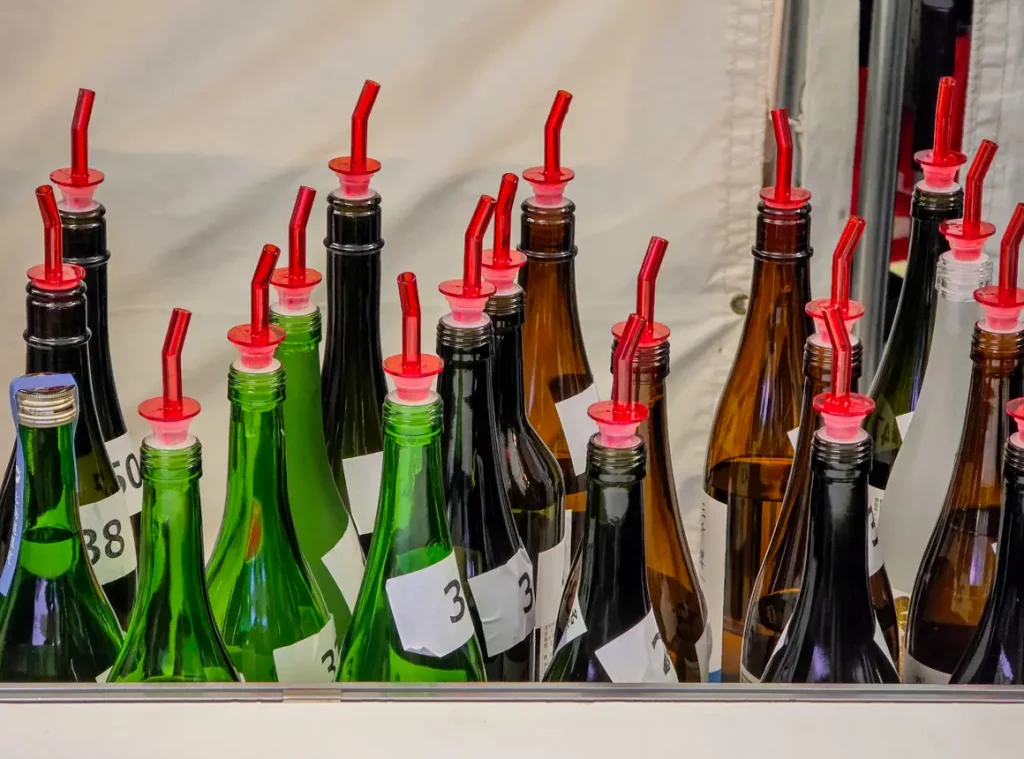
1. Location: Prime Spot in Downtown Sapporo
The Tanuki-Nijo Sake Festival takes place at the park right in front of Nijo Market in central Sapporo. It’s conveniently located at the end of Tanukikoji Shopping Street as you head toward Nijo Market, making it super easy to visit while exploring downtown Sapporo.
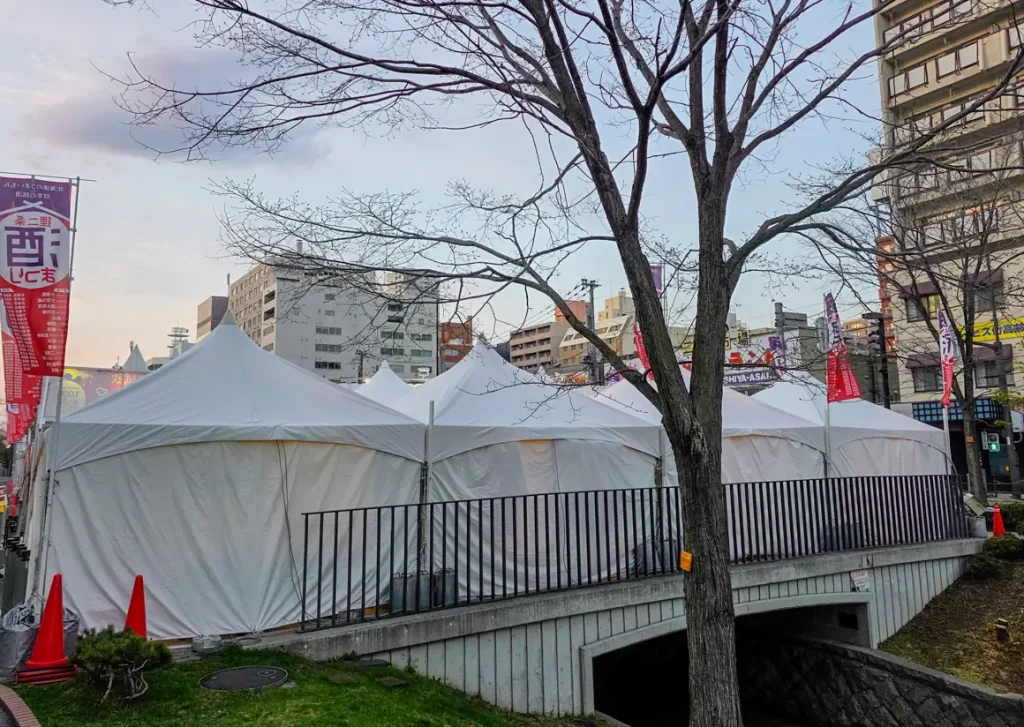
2. Sapporo Sake Festival Dates and Hours: Hurry, It’s Almost Over!
The Sapporo Sake Festival is divided into two phases, and I was lucky enough to visit during the second phase on Saturday, May 3rd. The first phase featuring sake from all over Japan has already ended, and currently, they’re showcasing sake specifically from Hokkaido.
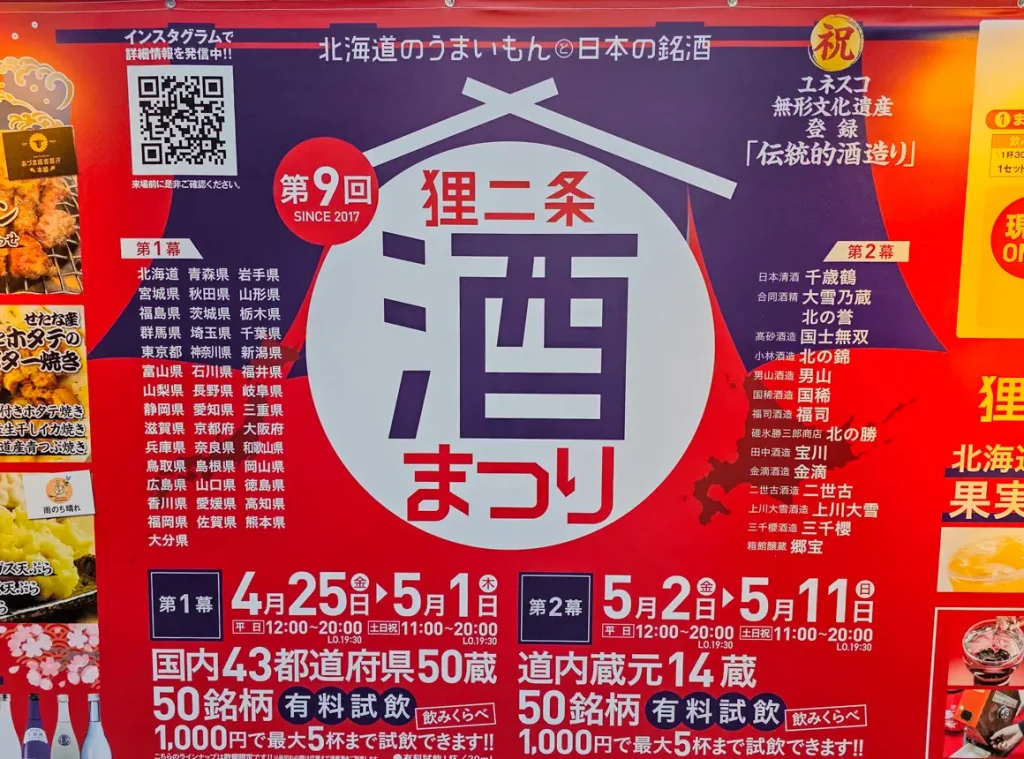
- Phase 1: April 25 (Fri) – May 1 (Thu), 2025 – Nationwide Japanese sake
- Phase 2: May 2 (Fri) – May 11 (Sun), 2025 – Hokkaido sake only
- Opening Hours: Weekdays 12:00-20:00, Weekends/Holidays 11:00-20:00 (Last orders at 19:30)
Since the Sapporo Sake Festival period is almost over, if you’re reading this and still have time to go—especially if you’re a sake lover—I’d definitely recommend checking it out before it ends!
3. Sake Tasting Method: Cash Only, Please!
The sake is served in small cups about the size of Korean soju glasses. You can get up to 5 different types for 1,000 yen (200 yen per cup), or you can choose the option to have a proper full serving of just one type. We wanted to try various flavors, so we went with the 5-variety option.
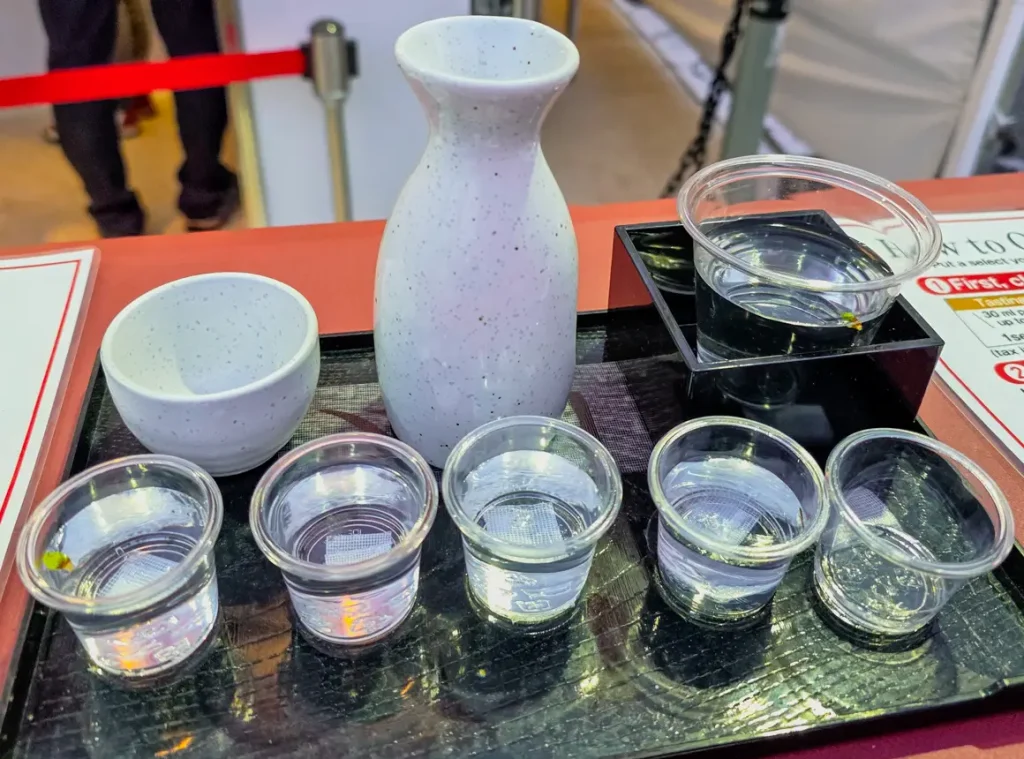
Since the festival offers so many different types of sake, they’ve set up a somewhat complex ordering system to avoid confusion and save time:
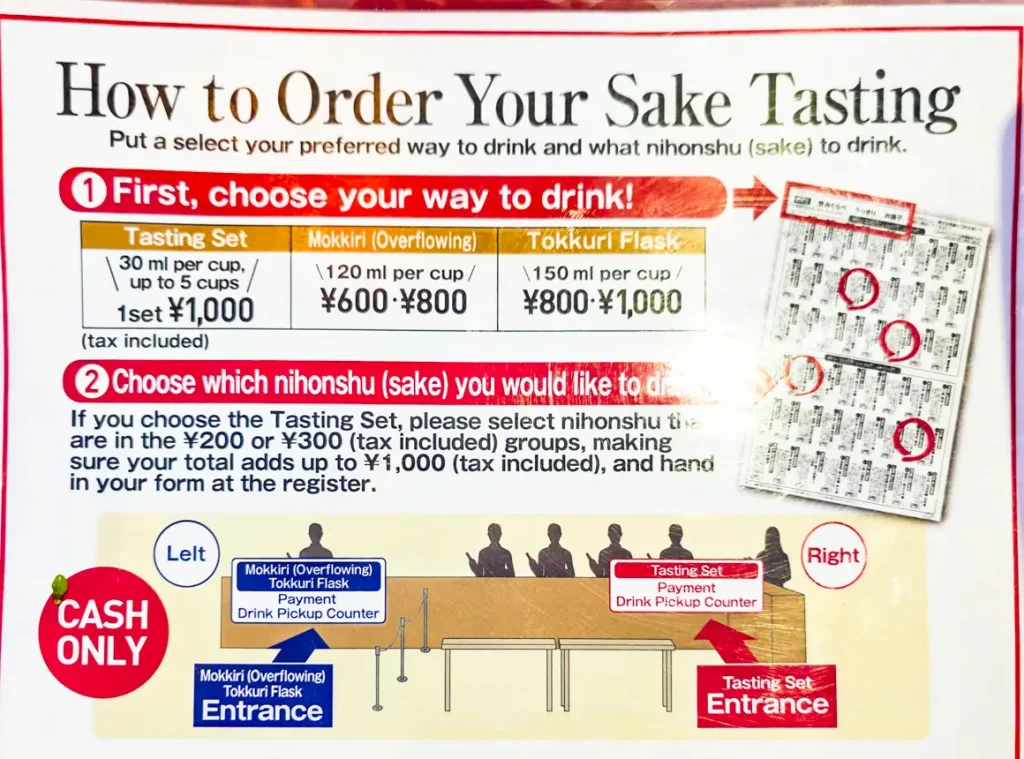
1) There’s an “order form” placed on tables throughout the festival grounds. Here, you can select what type of cup you want and which sake you’d like to try. The form was entirely in Japanese, so I had to rely heavily on my translation app, which took quite a bit of time.
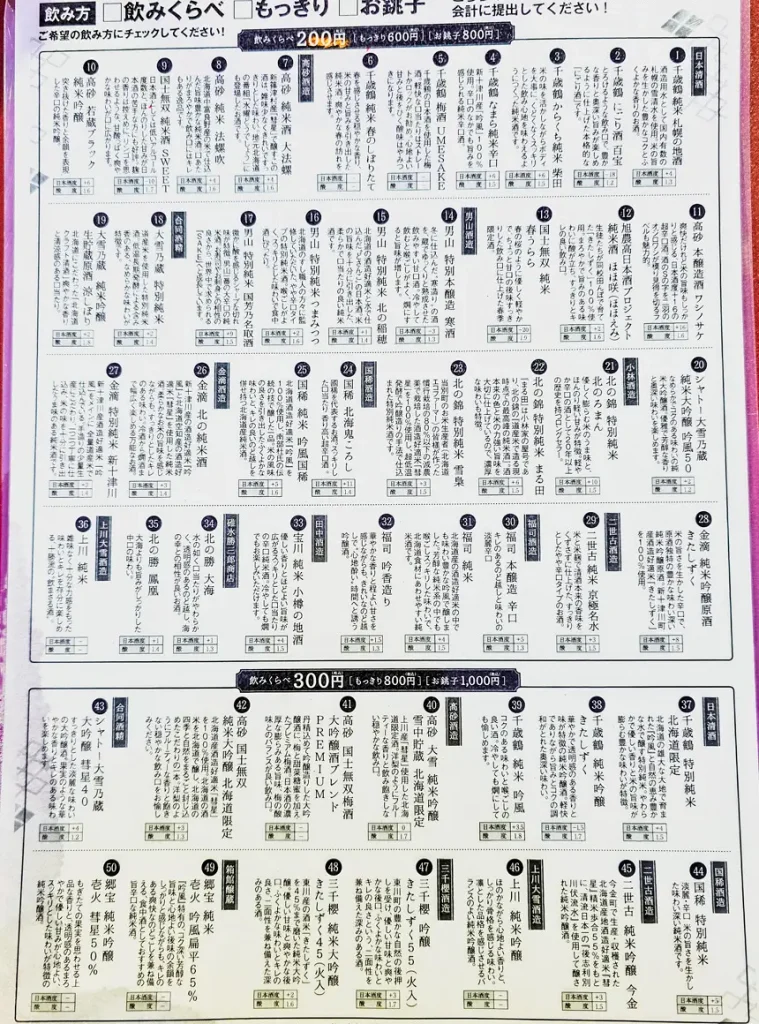
Tip: The three choices at the very top are for selecting cup size. I chose the left option for the 5-variety tasting. From what I understood (though I wasn’t 100% sure), we couldn’t select from both the top and bottom sections, so we stuck with the 200 yen sake options from the upper section.
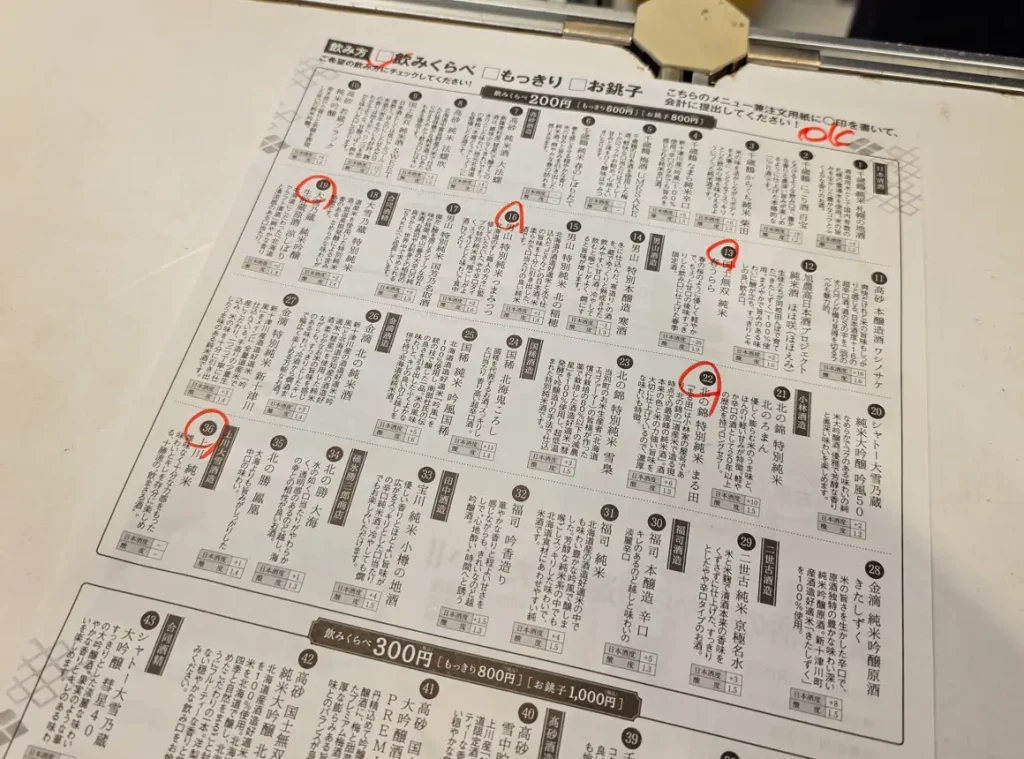
2) After making your selections, head to the payment counter on the left. Show them your order form and make your payment. Remember, it’s cash only, so make sure you bring enough yen!
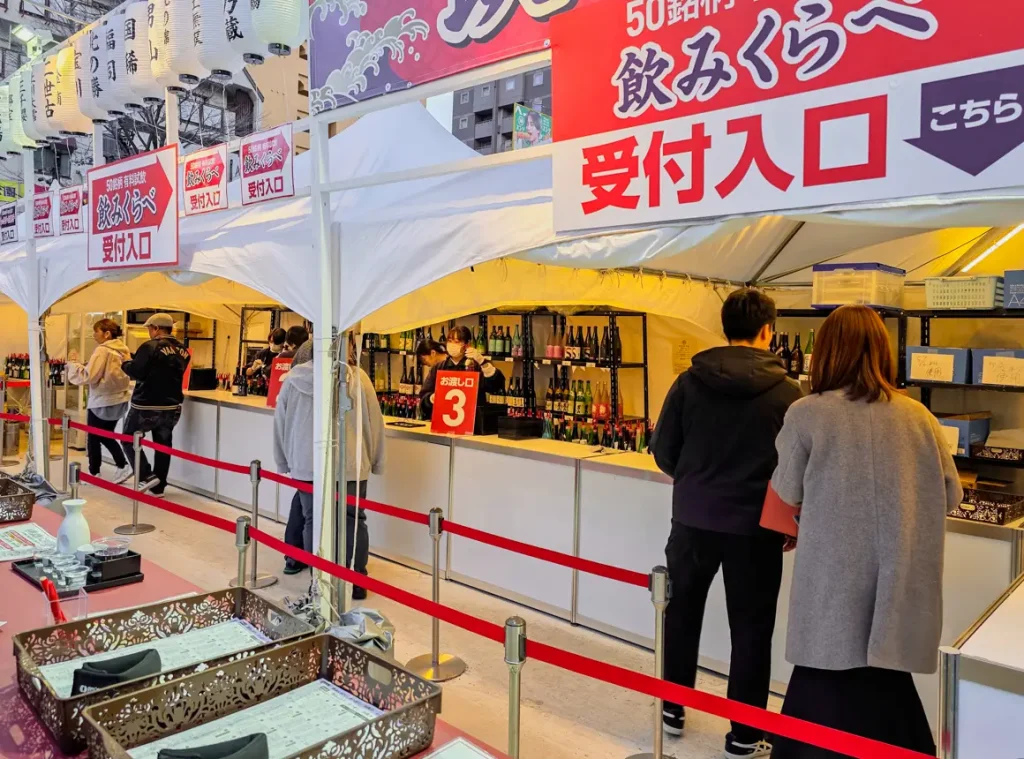
3) Then, join the line on the right to receive your sake. The staff had countless sake bottles laid out and poured each one individually. They would place the empty bottle upright after pouring so you could take photos and remember which ones you enjoyed.

(In case you’re curious about which sake was best—all five were delicious, but personally, sake #36 was the smoothest and cleanest tasting for me.)

4. Festival Food and Seating
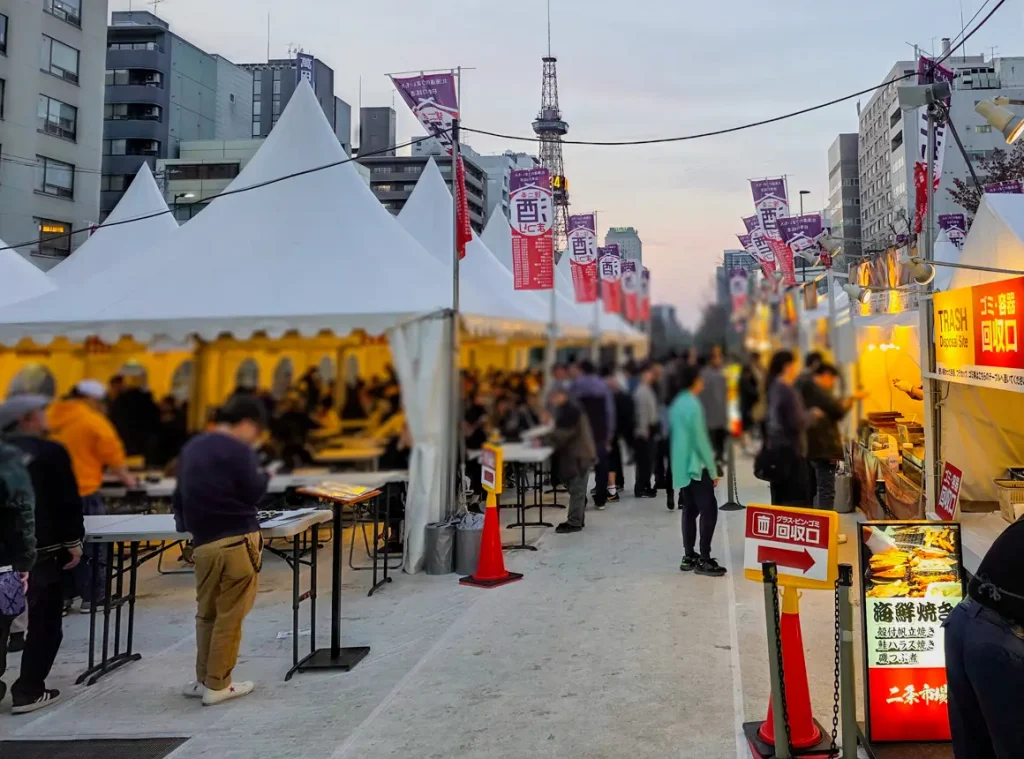
Food stalls are set up next to the sake vendors, and there are tables where you can enjoy your purchased sake along with some yummy festival food. After getting our sake, we immediately looked for a place to sit. Being a weekend evening, it was fairly crowded, but we managed to find an open spot. As soon as we secured our seats, we headed to the food stalls. Interestingly, it seemed like there were more people during daytime than evening—probably because many visitors to Nijo Market stop by the festival.
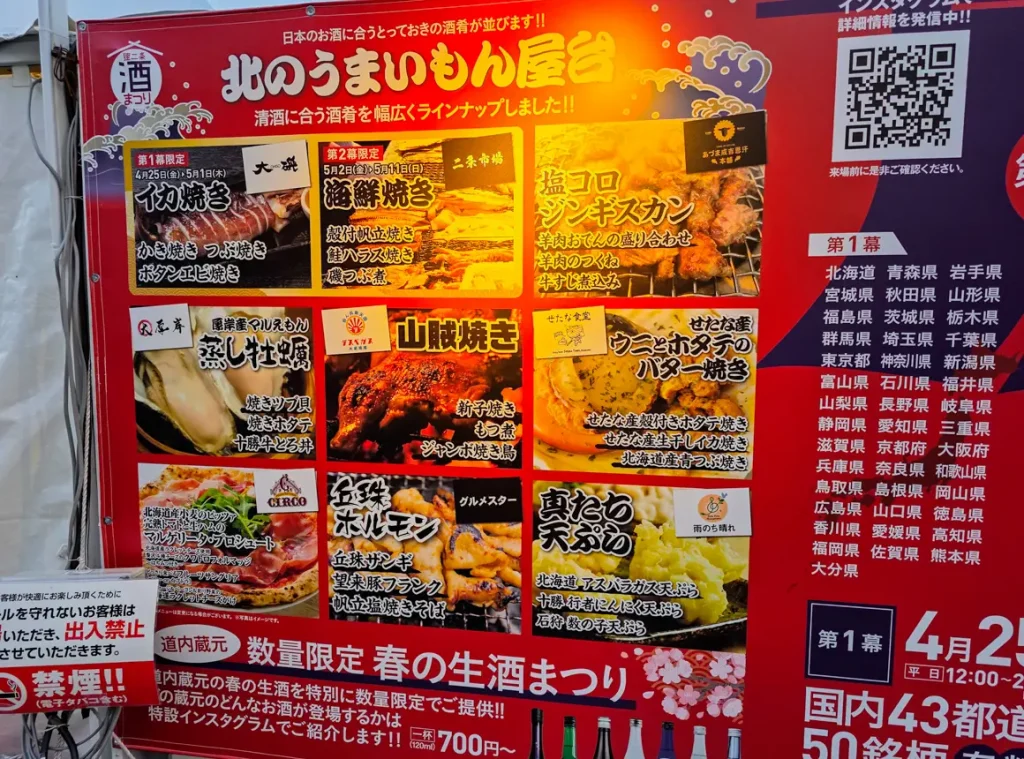
We chose stir-fried horumon (offal) that was being cooked right in front of us, along with some appetizing french fries. The horumon did have a bit of that distinct offal smell, but it was savory and paired perfectly with the sake. The french fries looked delicious with their long shape, though they weren’t 100% potato—I think they mixed in some flour. Again, cash payment only, and honestly, the prices were a bit high compared to the food quality, but that’s festival pricing for you!
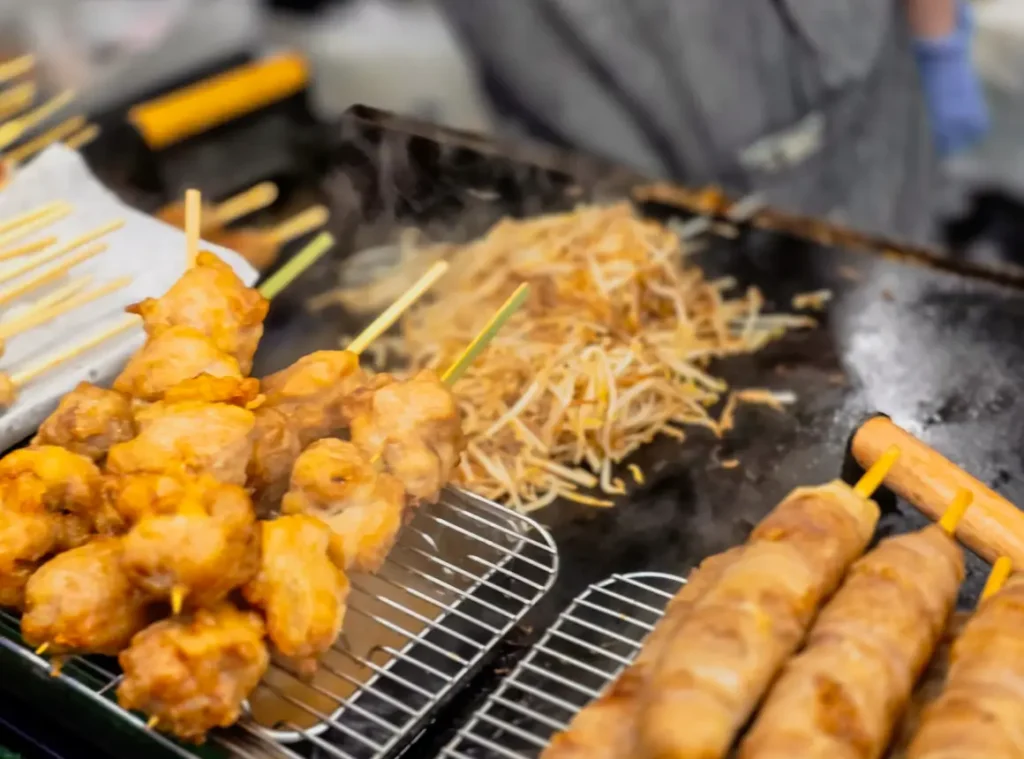
Besides our choices, there were stalls selling freshly fried vegetables, grilled seafood, and other options. In addition to sake, they also offered beer and lemon sours, so there were plenty of choices for everyone.
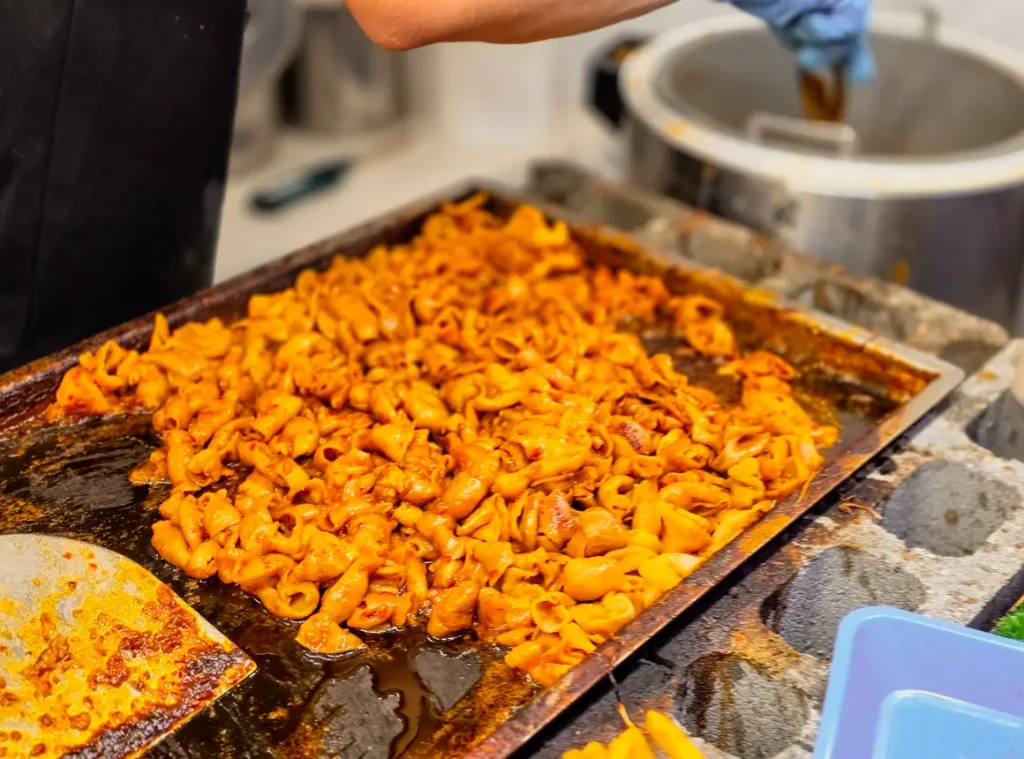
Our group finished our five cups of sake and two food items before leaving. Personally, while I enjoyed both the sake and food, the tables were quite close together and it was pretty noisy, so I didn’t want to stay too long. Still, it was a wonderful experience to enjoy this atmosphere while visiting Sapporo.
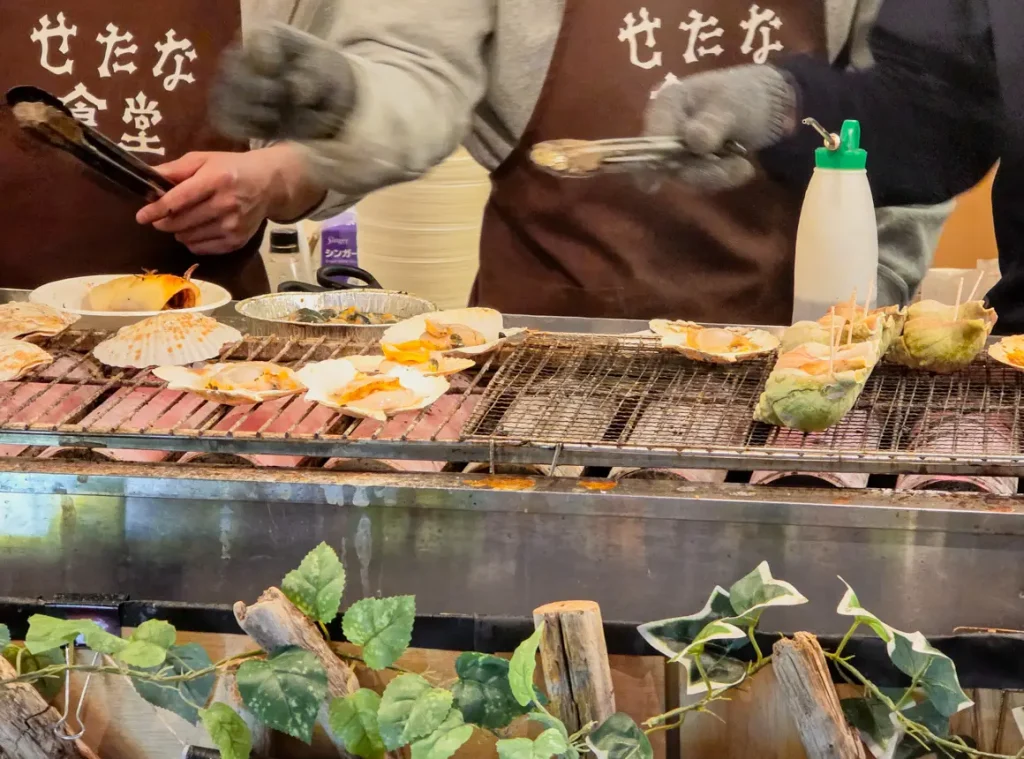
Oh, and when you’re done, there’s a designated area near the entrance where you can return your empty sake cups and food plates.
So that’s my quick guide to the Sapporo Sake Festival that we stumbled upon during our trip! Although not many people will be able to visit based on this post since the festival ends soon, I hope this information helps anyone planning a future trip to Sapporo during spring. If you happen to be there during the festival period, don’t miss the chance to enjoy delicious sake, tasty food, and the lively festival atmosphere!

